
Sri Lanka has been convulsed since the nine coordinated suicide bomb attacks against Christian churches and five-star hotels on Easter Sunday, April 21, 2019. More than 250 people lost their lives and many others were injured on that fateful day. More terrorist suspects and vast amounts of explosives and equipment continue to be found in mosques, factories and homes across the country. People are scared to leave their homes and children are not going to school. After having defeated the Liberation Tigers of Tamil Eelam (LTTE), “the most lethal and well organized terrorist organization in the world,” in May 2009, Sri Lanka is again faced with terrorism and gripped with fear and insecurity.
Indian intelligence had passed on information to Sri Lankan authorities of an imminent terrorist attack on April 4. Based on this alert, Sri Lanka’s police chief had sent out a nationwide alert on April 11 warning of attacks on the Indian High Commission and churches. Indian intelligence had again sent warnings on April 20 and about one hour before the bombs started exploding on April 21. According to a report denied subsequently by Saudi Arabia, it also knew of the impending attacks and advised its mission in Colombo five days before Easter. A Sri Lankan government Minister had also warned his son of the impending attack. The President was out of the country and the Prime Minister was on holiday. The Sri Lankan government failed to warn the public and tighten security thereby allowing the carnage to take place.
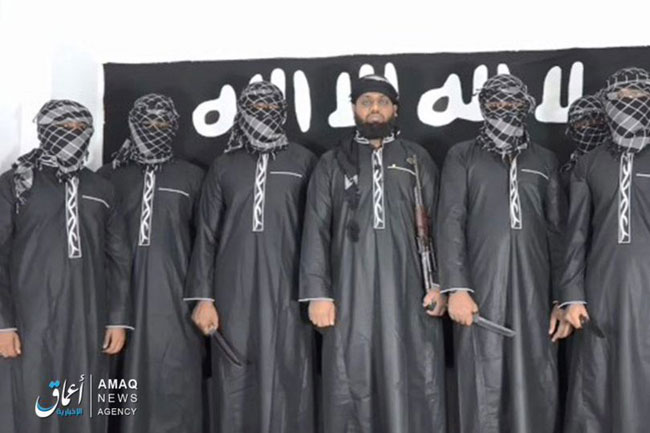
It is now confirmed that the attacks were carried out by a local Islamic extremist group, National Towheeth Jamaath (NTJ) with support from ISIS (Islamic State of Iraq and Syria) which has claimed responsibility.
However, the overwhelming focus on religion as the root of the conflict, diverts attention away from the geopolitical dimensions of the violence.
The Easter Sunday violence is widely attributed to inter-religious animosity on the island. Interfaith vigils are being held around the world to foster harmony among the country’s Buddhists, Christians, Muslims and Hindus. However, the overwhelming focus on religion as the root of the conflict, diverts attention away from the geopolitical dimensions of the violence.
“Religious” Violence
Communal harmony and cooperation, rather than violence and conflict, are the predominant features of Sri Lankan society.Christians did not attack Muslims in the aftermath of the Easter bombings just as Buddhists did not take up violence against Tamils following innumerable LTTE massacres of Buddhists and attacks against sacred Buddhist sites during the course of the thirty-year armed conflict. Even the 1983 anti-Tamil violence was not a spontaneous backlash but a government-orchestrated pogrom.
Both colonial and local rulers have manipulated grievances and incited ethnic and religious groups against each other during times of crises and challenges to their authority. The violence against Muslims in Kandy in March 2018 is an example. The failure of the state to take timely action despite prior warnings contributed to a communal conflict. It allowed the Prime Minister who was then facing a no-confidence motion to assert his authority.
The leader of the radical Buddhist group, Bodu Bala Sena, who called for a ban of the National Towheeth Jamaath, is serving a 19-year jail sentence. Despite the pleas of Buddhist monks, the former Justice Minister, Wijedasa Rajapaksa, and moderate Muslim leaders like Kabeer Hashim, no action was taken against the spread of extremist Wahabi ideology. Islamic schools and separatist Wahabi culture spread over the past several years, particularly in Kattankudy in the Eastern Province, home of the leader of the Easter attacks. The reliance of successive Sri Lankan governments on Muslim votes and Muslim politicians and the economic and political power wielded by Saudi Arabia and other external forces have been major factors in the Sri Lankan government’s failure to curb the spread of radical Islam.
Even after the carnage on Easter Sunday which paralyzed the country, four leading Muslim politicians—the Governors of the Eastern and Western Provinces, a Cabinet Minister and a Member of Parliament—known to have connections to radical Islam and the wealthy families of the Easter suicide bombers, have not yet been questioned. According to reports, some terrorist suspects taken into custody have been released due presumably to pressure from powerful politicians. Indeed, the country’s intelligence and security apparatus were greatly weakened following the change of government in 2015.
Weakening Security
In January 2015, a U.S.-backed Sri Lankan government replaced the former Mahinda Rajapaksa government which defeated the LTTE. Soon thereafter, the new government and the United States co-sponsored a United Nations Human Rights Council Resolution in Geneva with support from the international Tamil separatist lobby. The requirements in this Resolution to account for alleged war crimes and missing persons in the final stage of the war against the LTTE put pressure on Sri Lanka to set up war crimes courts with foreign judges, and an office of missing persons comprised of activists funded by western NGOs.
The requirements of the UNHRC Resolution also pressured the government to dismiss or imprison intelligence officers and army personnel. Forty intelligence officers who were involved in the anti-LTTE military effort are in prison apparently “without sound evidence against them.” These measures weakened Sri Lankan intelligence and security and increased dependence on India and the “international community.”
Even after the Easter carnage, the UNHRC, Western governments and NGOs continue to dictate national security policy. The government’s proposed new Counter Terrorism Act (CTA), which would replace the existing Prevention of Terrorism Act, is an example. While it is designed to protect ex-LTTE elements living abroad, it could be used to “suppress student unions, trade unions, media freedoms and the Opposition” and possibly postpone presidential and parliamentary elections due within the next 12 months.

International Intervention
Since the Easter bombings Sri Lankan police and military have been working tirelessly “tracking down suspects, detecting weapons, explosives and information.” At the same time, both the Prime Minister and the president have been calling for foreign intelligence and cooperation to fight the global Islamic threat. The U.S. embassy has stated that the U.S. had sent in teams from both the FBI and the U.S. Navy’s Indo-Pacific Command (USINDOPACOM).
Military ties with the United States, which had been growing over the last few years, are rapidly being strengthened in the aftermath of the Easter terror attacks. There are rumors that the lapsed Acquisition and Cross Service Agreement (ACSA) has been renewed and that the government has entered into a Status of Forces Agreement (SOFA) with the U.S. Neither the public nor the Parliament has yet been informed of these matters vital to the sovereignty and independence of the country.
In August 2016 the first joint operation between the U.S. and Sri Lankan militaries took place in Jaffna with participation of TNA (Tamil National Alliance) politicians at the launch. U.S. Seventh Fleet vessels and the aircraft carrier USS John C. Stennis have visited the eastern port of Trincomalee, a port of great strategic military value in the Indian Ocean.
In December 2018, the U.S. Navy announced the establishment of a logistic hub in Sri Lanka to secure support, supplies and services at sea. On December 31, U.S. President Donald Trump signed the Asia Reassurance Initiative Act to strengthen the U.S. strategic position in Asia vis-à-vis China. It is reported that between January 24 and 29, 2019, Bandaranaike International Airport in Sri Lanka was “used for U.S. military planes to bring in supplies, and for aircraft aboard the John C. Stennis to fly in, load, and ferry them back.” While this exercise was portrayed as a “commercial activity,” Sri Lankan observers argue that “such an operation could not have taken place without some bilateral agreement being in place.”
On April 27, in the aftermath of the Easter bombings, the Sri Lankan Prime Minister signed an agreement with the Millennium Challenge Corporation (MCC) of the United States. Details leaked to the public are raising fears that the MCC Agreement “is nothing but a plan to splinter Sri Lanka and turn it into a U.S. Military base.” A failure to heed the call to “reveal the contents of the agreement without any redactions to the general public” will only deepen suspicions that Sri Lanka is being turned into a U.S. military base to control South East Asia and the Indian Ocean against the rising regional and global power of China.
Developments surrounding the Easter attacks in Sri Lanka are raising questions: Is Islamic extremism being used as a justification for U.S. military intervention and the establishment of NATO bases around the globe? Is extremist Wahhabi ideology exported by Saudi Arabia and the creation of Islamic terrorism in selected countries, such as the Philippines and possibly Thailand, a political tool aiding geopolitical ambitions of the U.S., UK and other Western interests? Sri Lanka, an important partner of China’s One Belt One Road Initiative, is strategically situated in the sea lanes of the Indian Ocean. The Shangri La Hotel, attacked by suicide bombers on Easter Sunday, is located in the Port City in Colombo, a massive project of China and the largest single foreign direct investment in Sri Lanka. Destabilization of Sri Lanka via terrorism and ethno-religious conflict may serve the short-term geopolitical interests of the U.S., and the “international community”. But it would only intensify destruction and chaos on the island and the suffering of the Sri Lankan people.

CovertAction Magazine is made possible by subscriptions, orders and donations from readers like you.
Blow the Whistle on U.S. Imperialism
Click the whistle and donate
When you donate to CovertAction Magazine, you are supporting investigative journalism. Your contributions go directly to supporting the development, production, editing, and dissemination of the Magazine.
CovertAction Magazine does not receive corporate or government sponsorship. Yet, we hold a steadfast commitment to providing compensation for writers, editorial and technical support. Your support helps facilitate this compensation as well as increase the caliber of this work.
Please make a donation by clicking on the donate logo above and enter the amount and your credit or debit card information.
CovertAction Institute, Inc. (CAI) is a 501(c)(3) non-profit organization and your gift is tax-deductible for federal income purposes. CAI’s tax-exempt ID number is 87-2461683.
We sincerely thank you for your support.
Disclaimer: The contents of this article are the sole responsibility of the author(s). CovertAction Institute, Inc. (CAI), including its Board of Directors (BD), Editorial Board (EB), Advisory Board (AB), staff, volunteers and its projects (including CovertAction Magazine) are not responsible for any inaccurate or incorrect statement in this article. This article also does not necessarily represent the views the BD, the EB, the AB, staff, volunteers, or any members of its projects.
Differing viewpoints: CAM publishes articles with differing viewpoints in an effort to nurture vibrant debate and thoughtful critical analysis. Feel free to comment on the articles in the comment section and/or send your letters to the Editors, which we will publish in the Letters column.
Copyrighted Material: This web site may contain copyrighted material the use of which has not always been specifically authorized by the copyright owner. As a not-for-profit charitable organization incorporated in the State of New York, we are making such material available in an effort to advance the understanding of humanity’s problems and hopefully to help find solutions for those problems. We believe this constitutes a ‘fair use’ of any such copyrighted material as provided for in section 107 of the US Copyright Law. You can read more about ‘fair use’ and US Copyright Law at the Legal Information Institute of Cornell Law School.
Republishing: CovertAction Magazine (CAM) grants permission to cross-post CAM articles on not-for-profit community internet sites as long as the source is acknowledged together with a hyperlink to the original CovertAction Magazine article. Also, kindly let us know at info@CovertActionMagazine.com. For publication of CAM articles in print or other forms including commercial internet sites, contact: info@CovertActionMagazine.com.
By using this site, you agree to these terms above.
About the Author

Asoka Bandarage was educated at the University of Sri Lanka, Bryn Mawr College and at Yale University where she received a Ph.D. in Sociology. Ms. Bandarage has served on the faculties of Brandeis University, Georgetown University and Mount Holyoke College.
Dr. Bandarage is the author of numerous books including: Colonialism in Sri Lanka: The Political Economy of the Kandyan Highlands, 1833–1886; Women, Population and Global Crisis: A Politico-Economic Analysis; The Separatist Conflict in Sri Lanka: Terrorism, Ethnicity and Political Economy; Sustainability and Well-Being: The Middle Path to Environment, Society and the Economy.
In addition to numerous other publications, Dr. Bandarage has given hundreds of presentations, including keynote lectures at South Asian Studies Conferences. Asoka has given numerous media interviews on CNN, Al Jazeera, BBC, NPR and Bloomberg News. In addition to her columns in the Huffington Post, Bandarage serves on the boards of a number of publications and organizations including Critical Asian Studies and Interfaith Moral Action on Climate. See her website for more information.


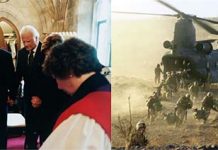
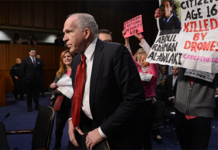
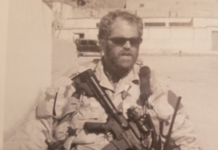

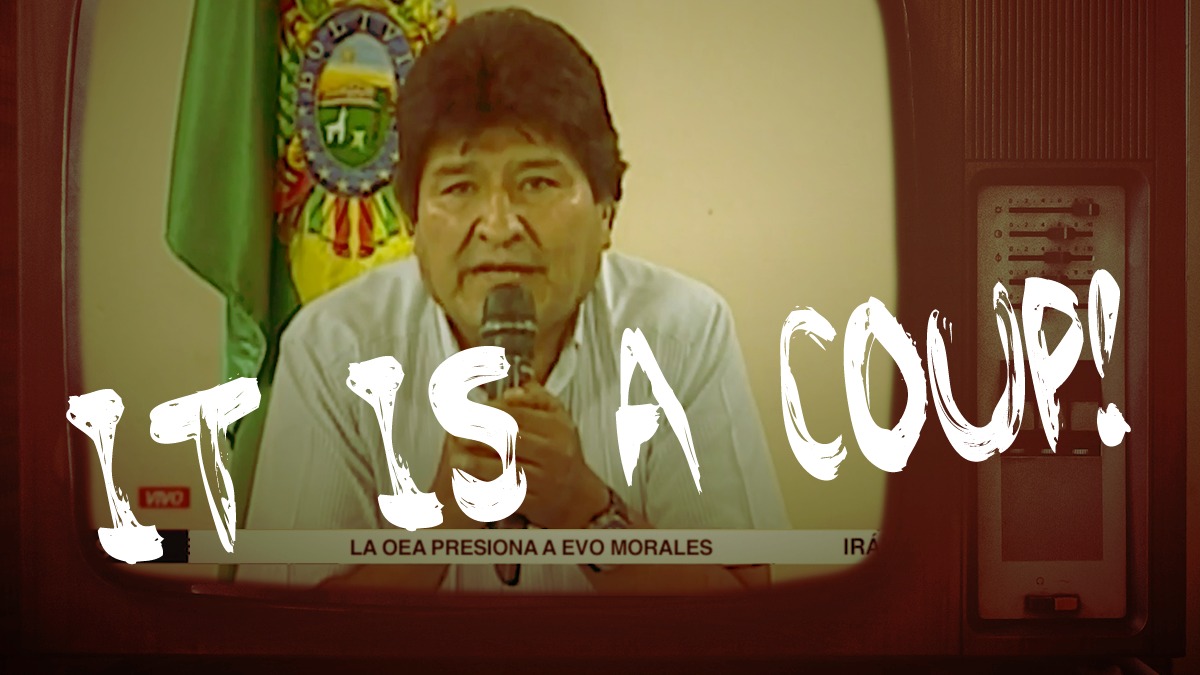

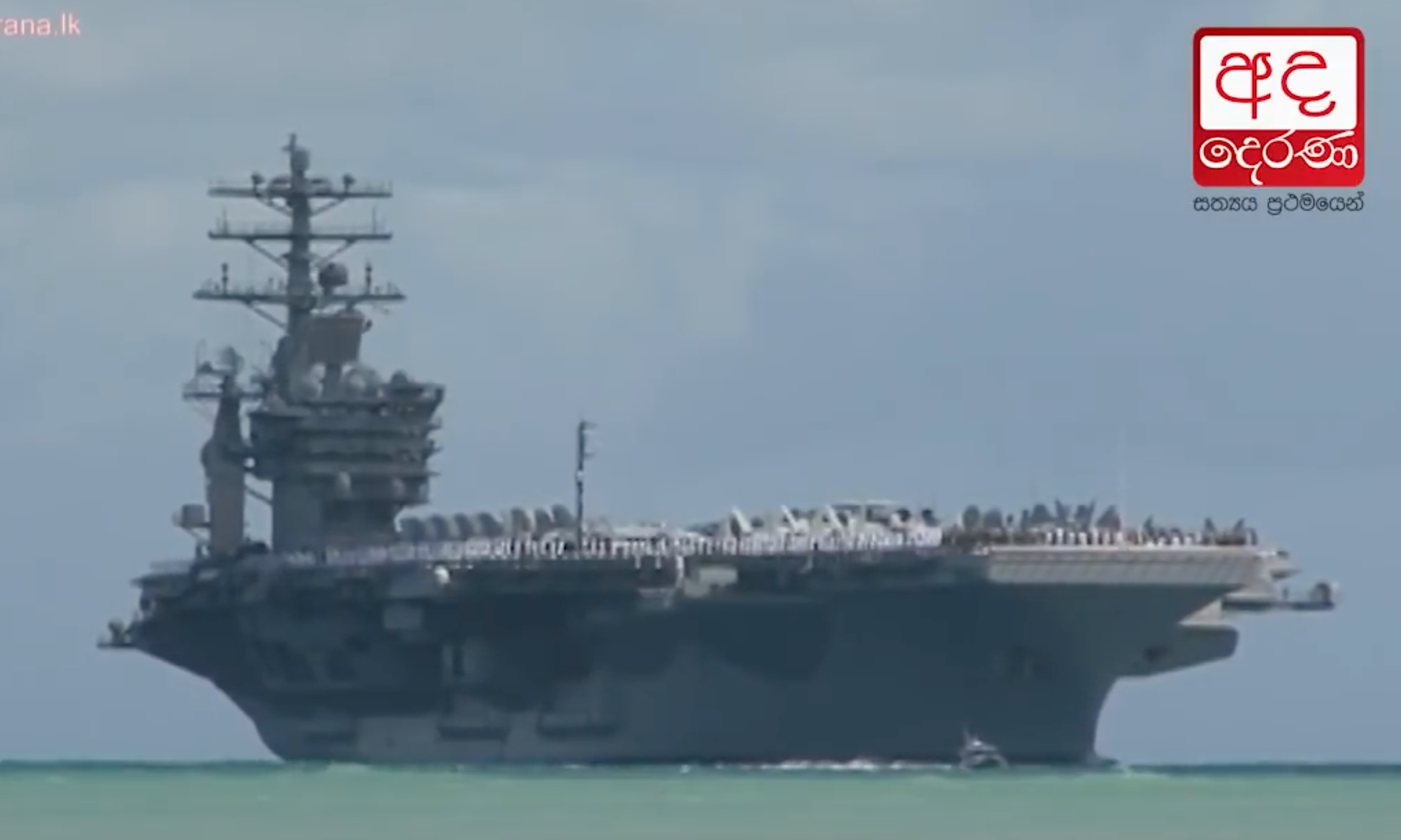


Article writing doesn’t have to turn into a dreadful task, still.
I had planned to submit to an alternative good submission site, goarticles.
They can also post their url on generate as great.